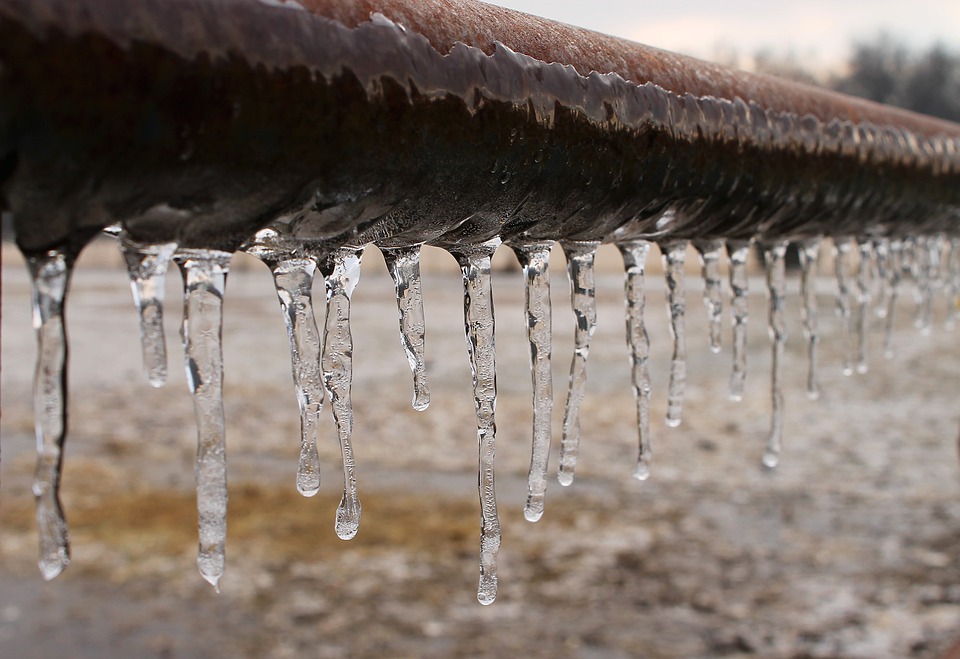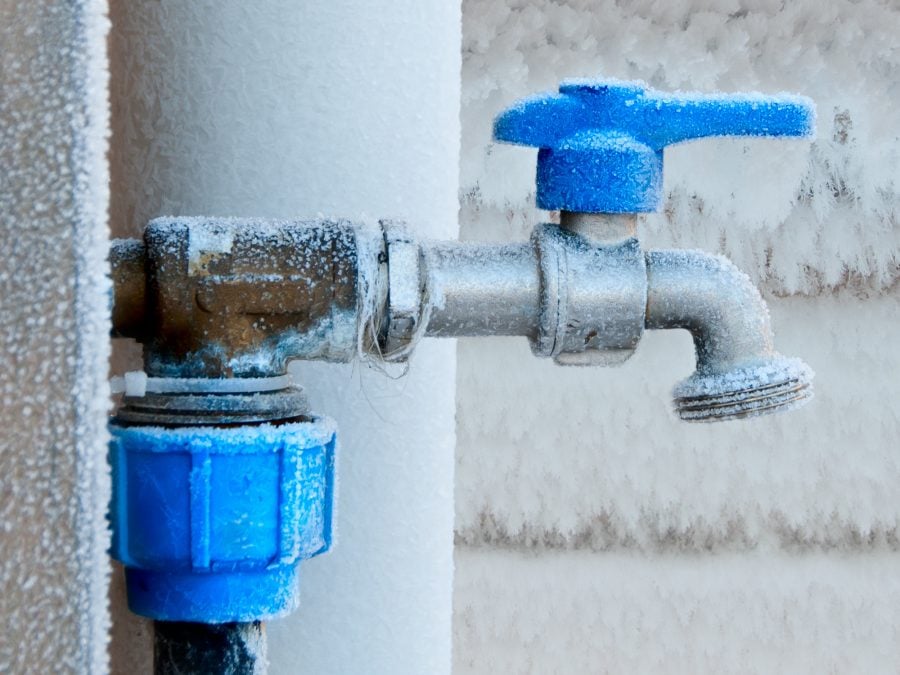Protecting Against Frozen Pipes in Cold Weather: Expert Strategies
Protecting Against Frozen Pipes in Cold Weather: Expert Strategies
Blog Article
We have encountered this article relating to Preventing and dealing with frozen pipes listed below on the net and figured it made sense to discuss it with you over here.

Winter can damage your pipes, particularly by freezing pipelines. Right here's exactly how to avoid it from happening and what to do if it does.
Intro
As temperatures decline, the threat of icy pipelines rises, possibly bring about expensive fixings and water damage. Understanding exactly how to stop icy pipelines is critical for property owners in chilly climates.
Understanding Icy Pipes
What creates pipelines to ice up?
Pipelines ice up when exposed to temperature levels below 32 ° F (0 ° C) for extended periods. As water inside the pipelines ices up, it increases, taxing the pipe walls and potentially causing them to break.
Threats and damages
Frozen pipelines can bring about water supply disturbances, home damage, and pricey repair services. Burst pipelines can flood homes and create substantial structural damages.
Signs of Frozen Water Lines
Identifying icy pipelines early can prevent them from breaking.
How to determine icy pipes
Seek decreased water flow from taps, uncommon smells or noises from pipelines, and noticeable frost on revealed pipelines.
Prevention Tips
Protecting at risk pipelines
Cover pipelines in insulation sleeves or utilize heat tape to shield them from freezing temperatures. Focus on pipelines in unheated or external areas of the home.
Home heating methods
Keep indoor spaces sufficiently warmed, specifically locations with plumbing. Open cupboard doors to allow cozy air to flow around pipelines under sinks.
Safeguarding Outside Plumbing
Yard pipes and exterior faucets
Disconnect and drain pipes yard pipes before winter season. Install frost-proof spigots or cover outside taps with protected caps.
What to Do If Your Pipes Freeze
Immediate activities to take
If you presume frozen pipelines, keep taps open up to eliminate stress as the ice melts. Utilize a hairdryer or towels soaked in hot water to thaw pipelines slowly.
Long-Term Solutions
Structural modifications
Consider rerouting pipes away from exterior wall surfaces or unheated locations. Include additional insulation to attic rooms, cellars, and crawl spaces.
Upgrading insulation
Buy high-quality insulation for pipelines, attics, and walls. Appropriate insulation aids maintain constant temperature levels and lowers the threat of icy pipelines.
Verdict
Avoiding icy pipelines needs positive steps and quick feedbacks. By recognizing the reasons, indications, and preventive measures, property owners can protect their plumbing throughout cold weather.
5 Ways to Prevent Frozen Pipes
Drain Outdoor Faucets and Disconnect Hoses
First, close the shut-off valve that controls the flow of water in the pipe to your outdoor faucet. Then, head outside to disconnect and drain your hose and open the outdoor faucet to allow the water to completely drain out of the line. Turn off the faucet when done. Finally, head back to the shut-off valve and drain the remaining water inside the pipe into a bucket or container. Additionally, if you have a home irrigation system, you should consider hiring an expert to clear the system of water each year.
Insulate Pipes
One of the best and most cost-effective methods for preventing frozen water pipes is to wrap your pipes with insulation. This is especially important for areas in your home that aren’t exposed to heat, such as an attic. We suggest using foam sleeves, which can typically be found at your local hardware store.
Keep Heat Running at 65
Your pipes are located inside your walls, and the temperature there is much colder than the rest of the house. To prevent your pipes from freezing, The Insurance Information Institute suggests that you keep your home heated to at least 65 degrees, even when traveling. You may want to invest in smart devices that can keep an eye on the temperature in your home while you’re away.
Leave Water Dripping
Moving water — even a small trickle — can prevent ice from forming inside your pipes. When freezing temps are imminent, start a drip of water from all faucets that serve exposed pipes. Leaving a few faucets running will also help relieve pressure inside the pipes and help prevent a rupture if the water inside freezes.
Open Cupboard Doors
Warm your kitchen and bathroom pipes by opening cupboards and vanities. You should also leave your interior doors ajar to help warm air circulate evenly throughout your home.

I'm certainly very focused on Preventing and dealing with frozen pipes and I really hope you enjoyed reading our piece. In case you enjoyed reading our blog entry please don't forget to share it. I thank you for your readership.
Visit Link Report this page